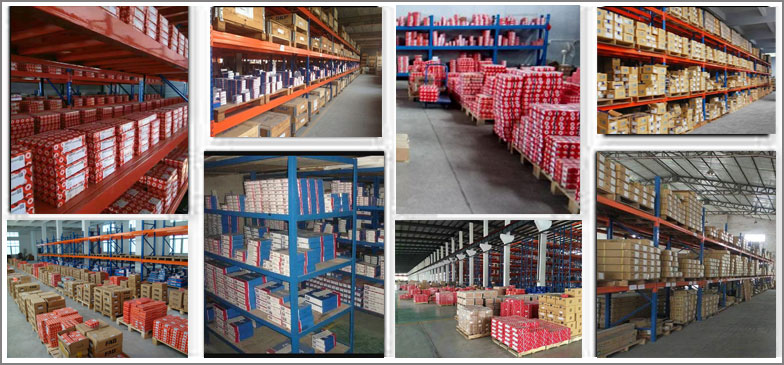Mechanical polishing process of textile bearing assembly process

We can provide free samples . Please contact Email for any inquiries
Because the stainless steel small coefficient of textile bearing assembly process thermal conductivity, toughness, elastic modulus is small, therefore, so often the following problems in grinding process:
(1) grinding force, grinding temperature is high.
(2) the debris to cutting, abrasive easily blunt.
(3) the workpiece is easy to deform.
(4) grinding wheel easy adhesion.
(5) processing surface easy to burn.
(6) the work hardening tendency is serious.
The hard elastic structure formed by polyvinyl formal as abrasive polishing abrasive and carrier model PVA wheel casting method. Because of the characteristics of vitrified bond PVA grinding wheel, which has its unique characteristics, its main features:
(1) high porosity. It was a sponge like structure, containing tiny pores are abundant, the grinding heat is low, not easy to burn the workpiece.
(2) elastic, polishing ability.
(3) is not easy to be blocked. Applicable to all types of metal and non metal polishing, especially suitable for the polished stainless steel, copper alloy ductile grinding parts material and complicated shape, used instead of sticking wheel, wheel, which can improve the polishing efficiency.
Grinding wheel speed, workpiece speed and depth of cut has a great influence on the surface polishing. Grinding speed, the quality of the workpiece surface is different. Grinding stainless steel material, the higher the speed of grinding wheel, in order to improve the cutting performance of textile bearing assembly process [4] grinding wheel speed, but too high, grinding scratches more easily blocked, grinding wheel, prone to burn the workpiece surface. Speed of workpiece with grinding wheel speed change, when the wheel speed increases the workpiece speed also increased, when the wheel speed decreases when the workpiece speed also reduced. When the depth of cut is too small, not into the abrasive surface of the workpiece, the efficiency is too low. When the depth of cut is too large, will make the total grinding heat increase, but also prone to burn.




